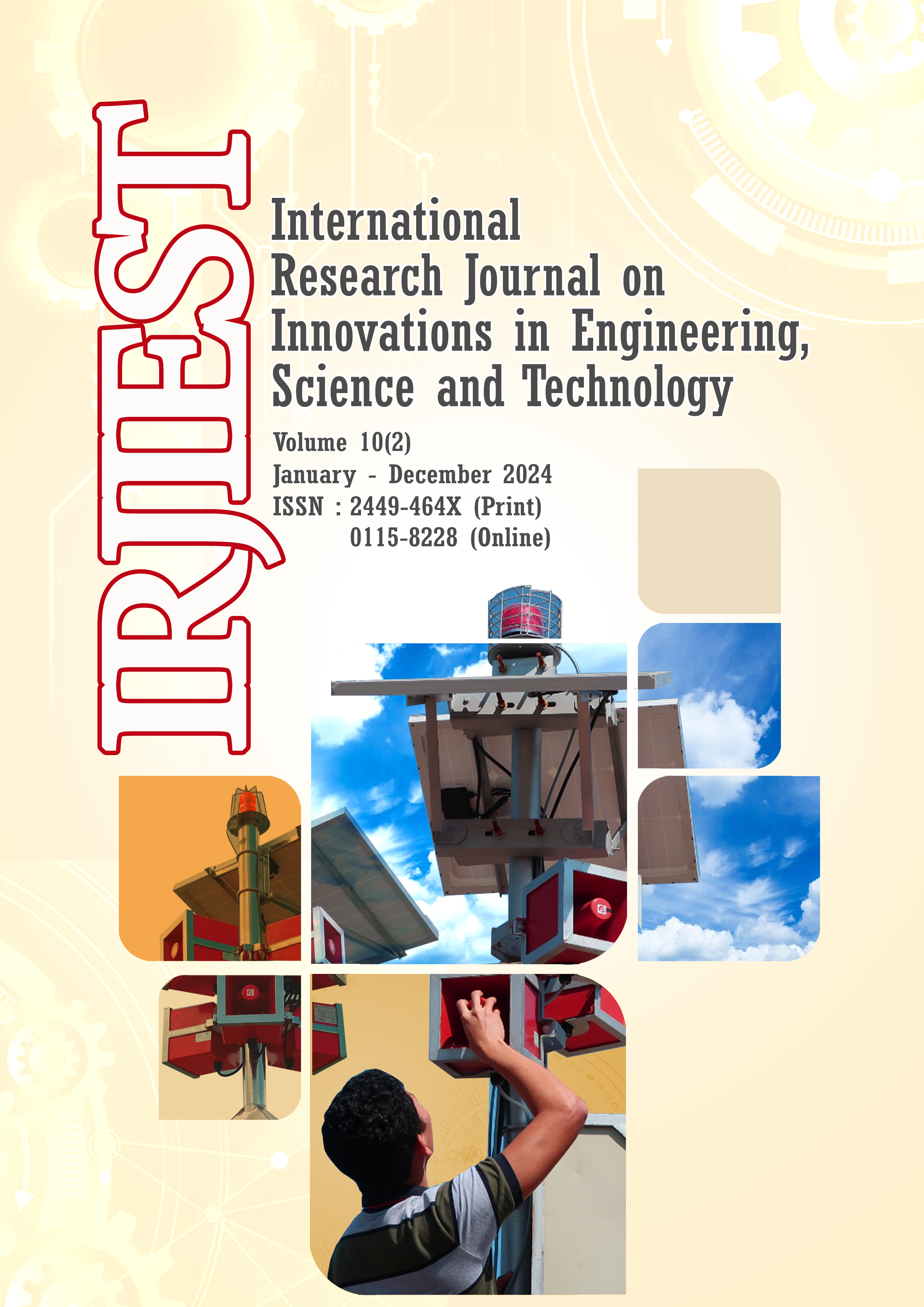Solar isotropic generator of acoustic waves
Keywords:
early warning system, wireless sensor network, GSMAbstract
The Philippines, located along the Pacific Ring of Fire and within the typhoon belt, is one of the most disaster-prone countries in the world. Its geographical vulnerability exposes the nation to recurring environmental challenges, posing significant threats to human lives, livelihoods, and critical infrastructure. Recognizing the urgent need for effective disaster preparedness, researchers developed an early warning system called solar isotropic generator of acoustic waves (SIGAW). The study introduced a solarpowered early warning system that can be remotely triggered using global system for mobile (GSM) communication. Additionally, a customizable sensor input board was designed to adapt to the specific requirements of various communities. A complementary website for system monitoring was also developed as part of the project. The researchers employed a developmental research methodology to achieve the study’s objectives. This approach involved designing and constructing the early warning device, developing the customizable sensor board, integrating GSM communication for remote operation, and creating the monitoring website. The study’s key findings include the successful development and installation of SIGAW systems across several municipalities in Quezon Province, including Atimonan, Lopez, Gumaca, and Calauag. These systems were engineered to provide alarm functionality for multiple types of disasters. The customizable board was equipped with input pins compatible with both digital and analog output sensors, while the wireless triggering mechanism, powered by GSM, was tested for reliability.
__________________________________________
*Corresponding author
Email address: tirso.ronquillo@g.batstate-u.edu.ph
Downloads
Published
How to Cite
Issue
Section
License
Copyright (c) 2024 International Research Journal on Innovations in Engineering, Science and Technology

This work is licensed under a Creative Commons Attribution-NonCommercial-NoDerivatives 4.0 International License.

